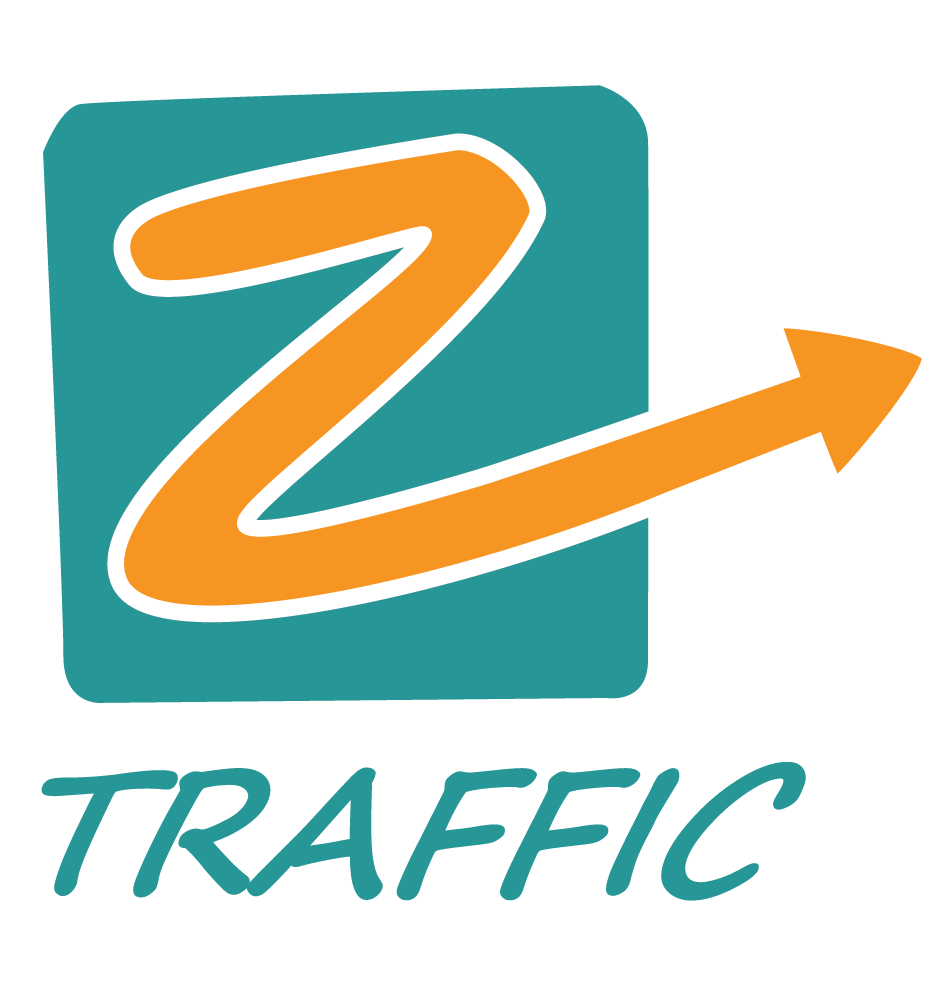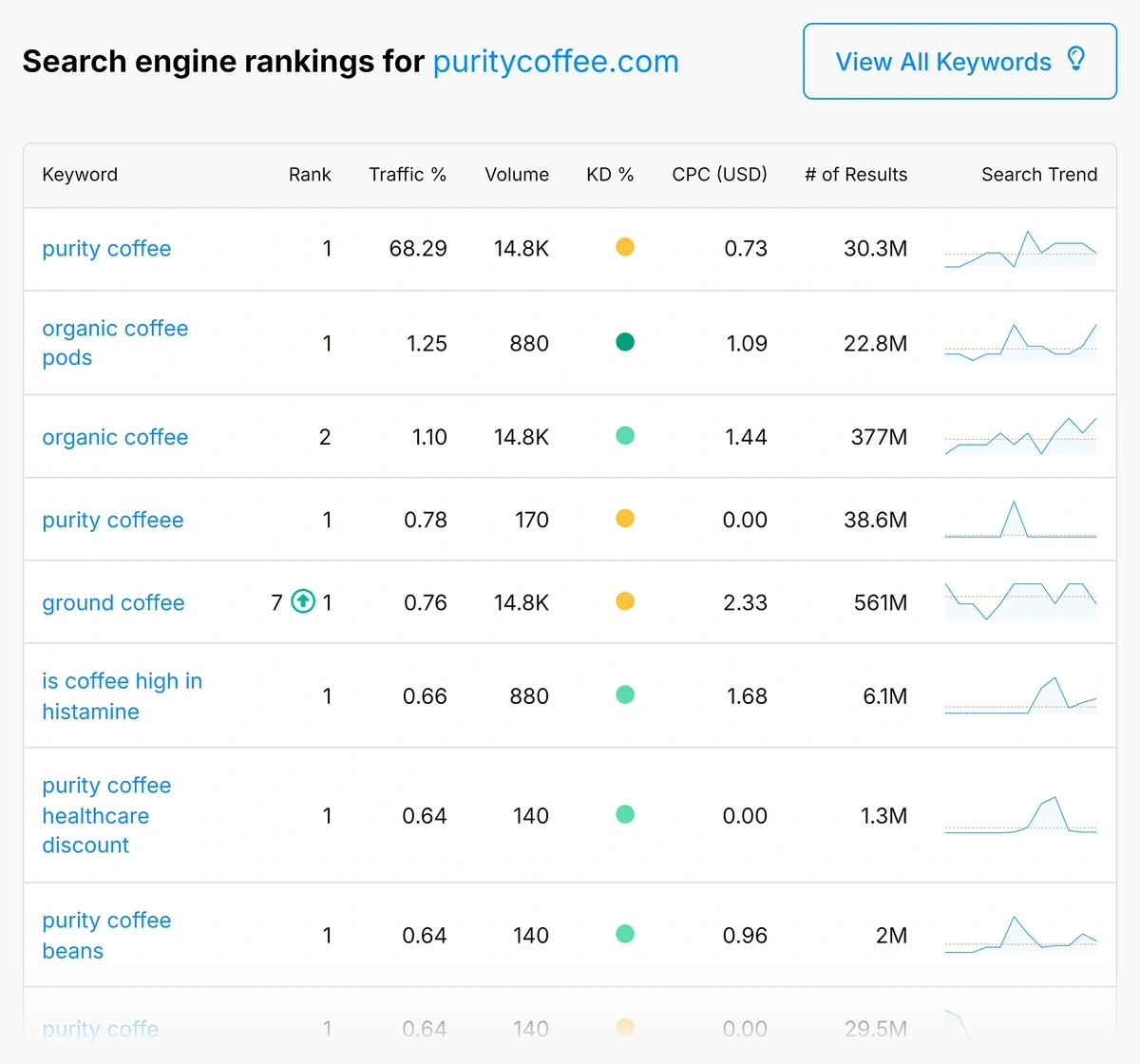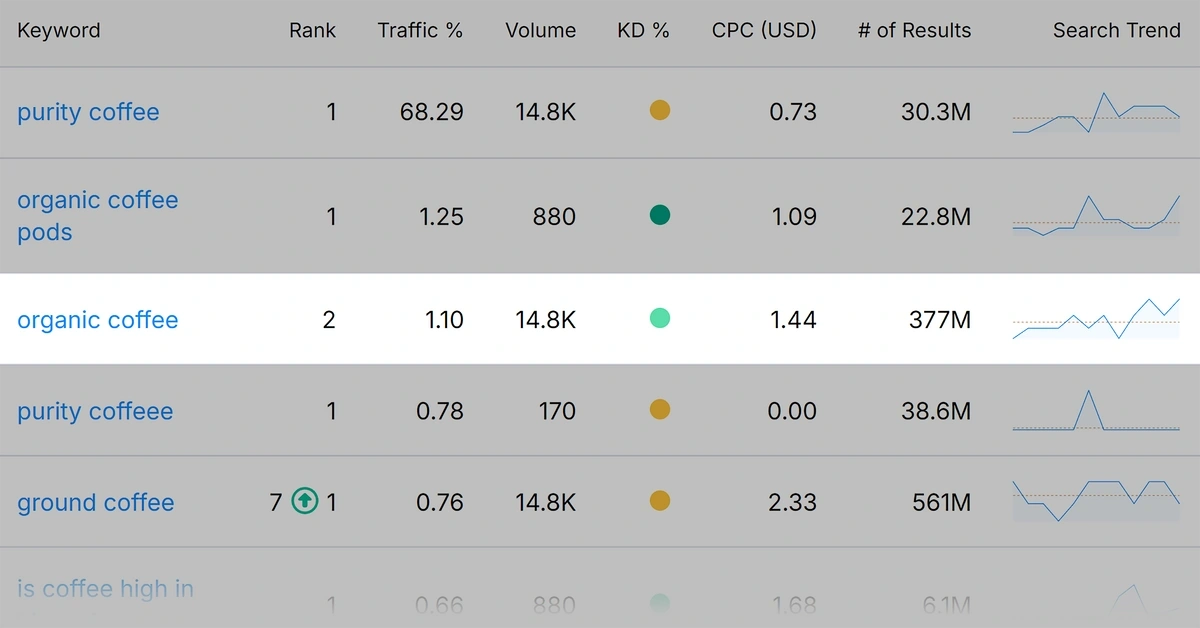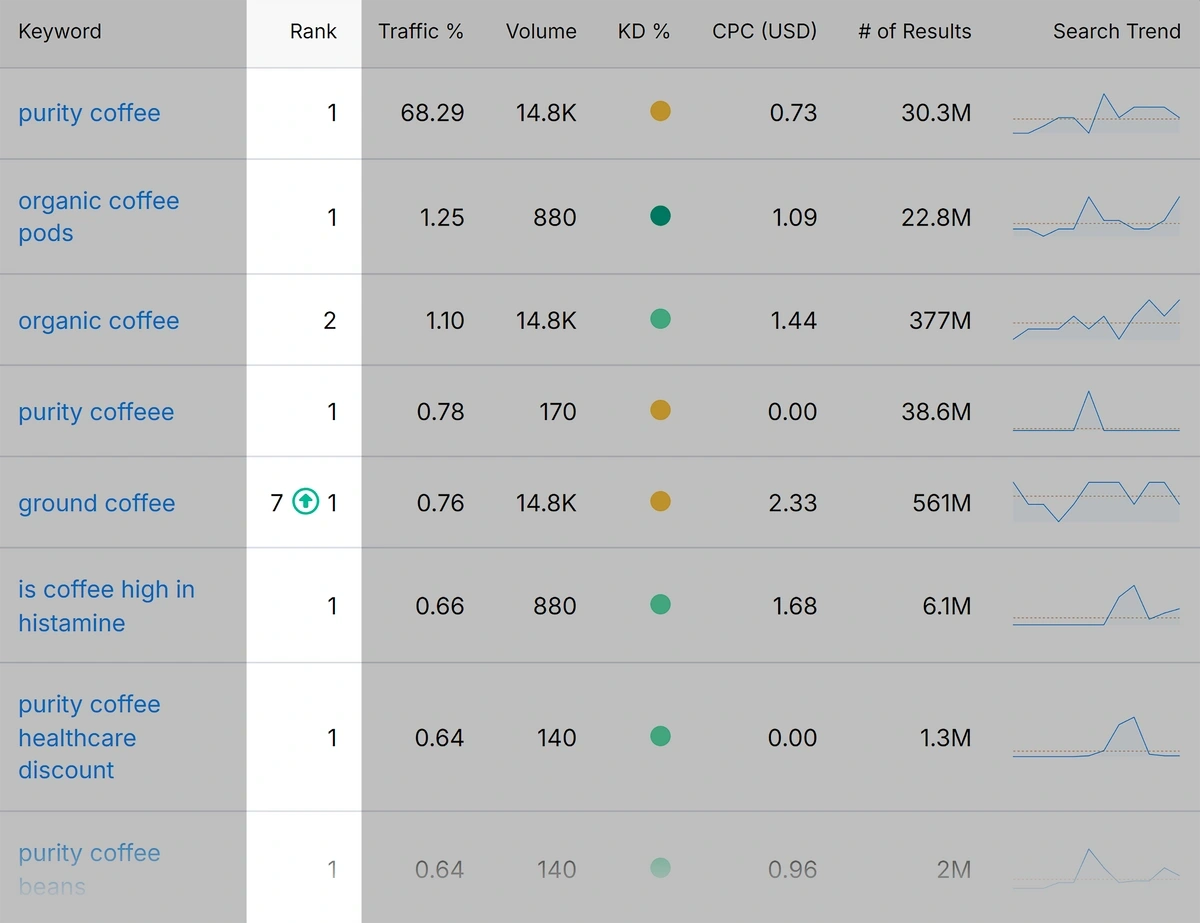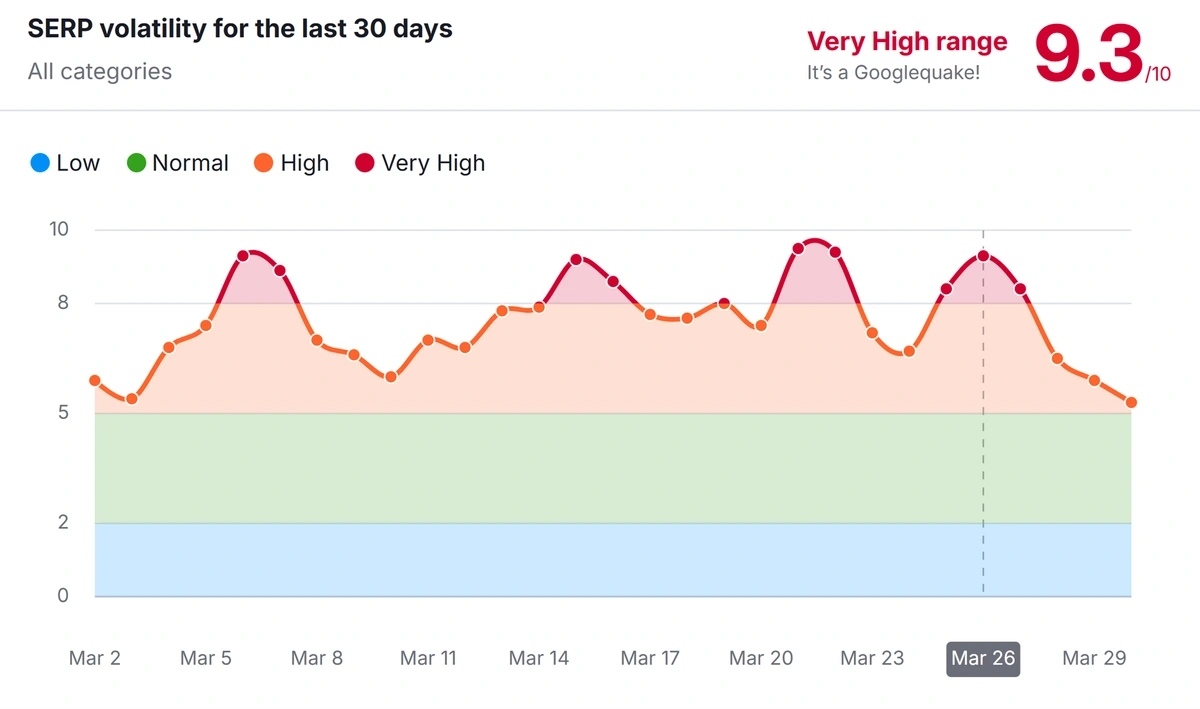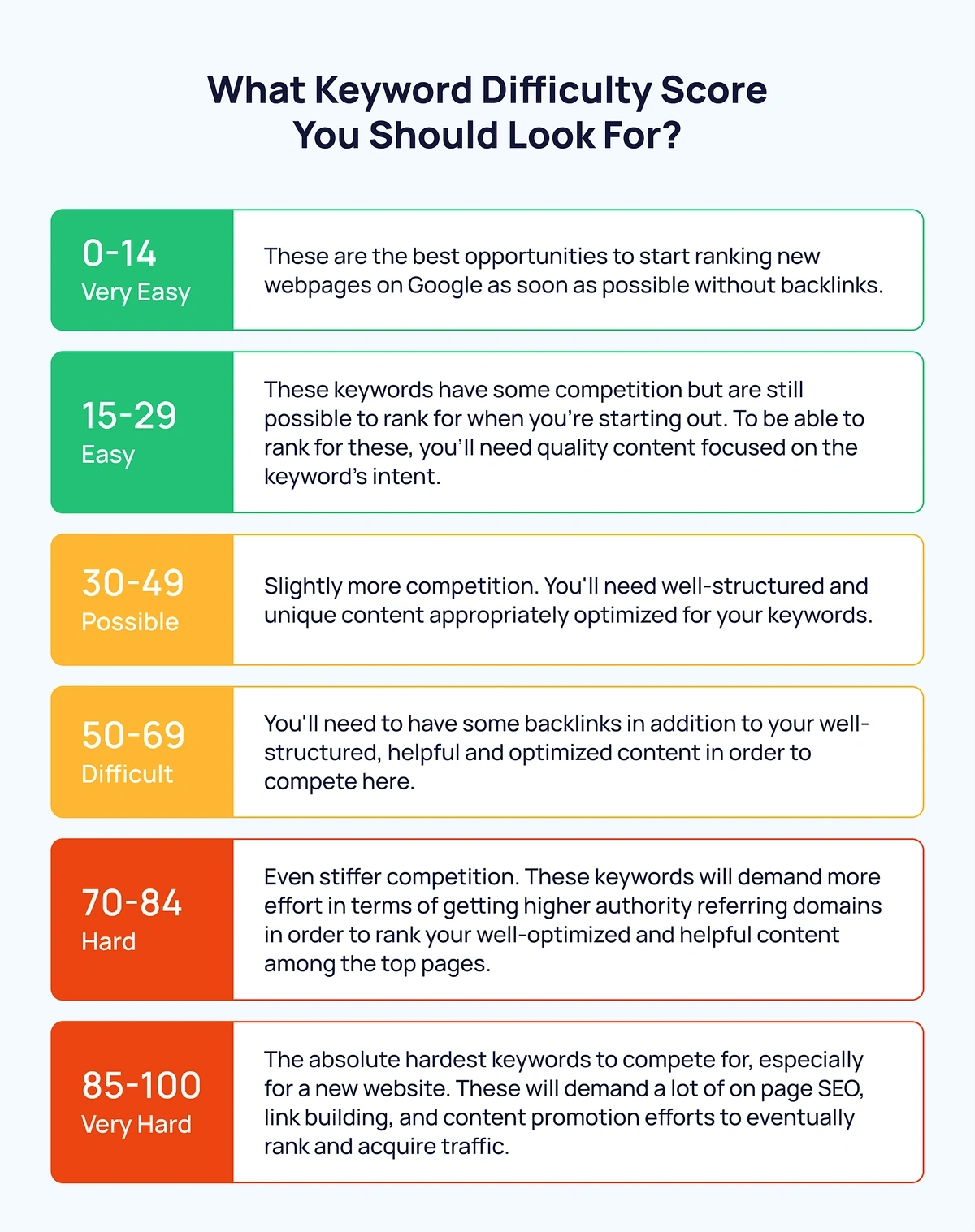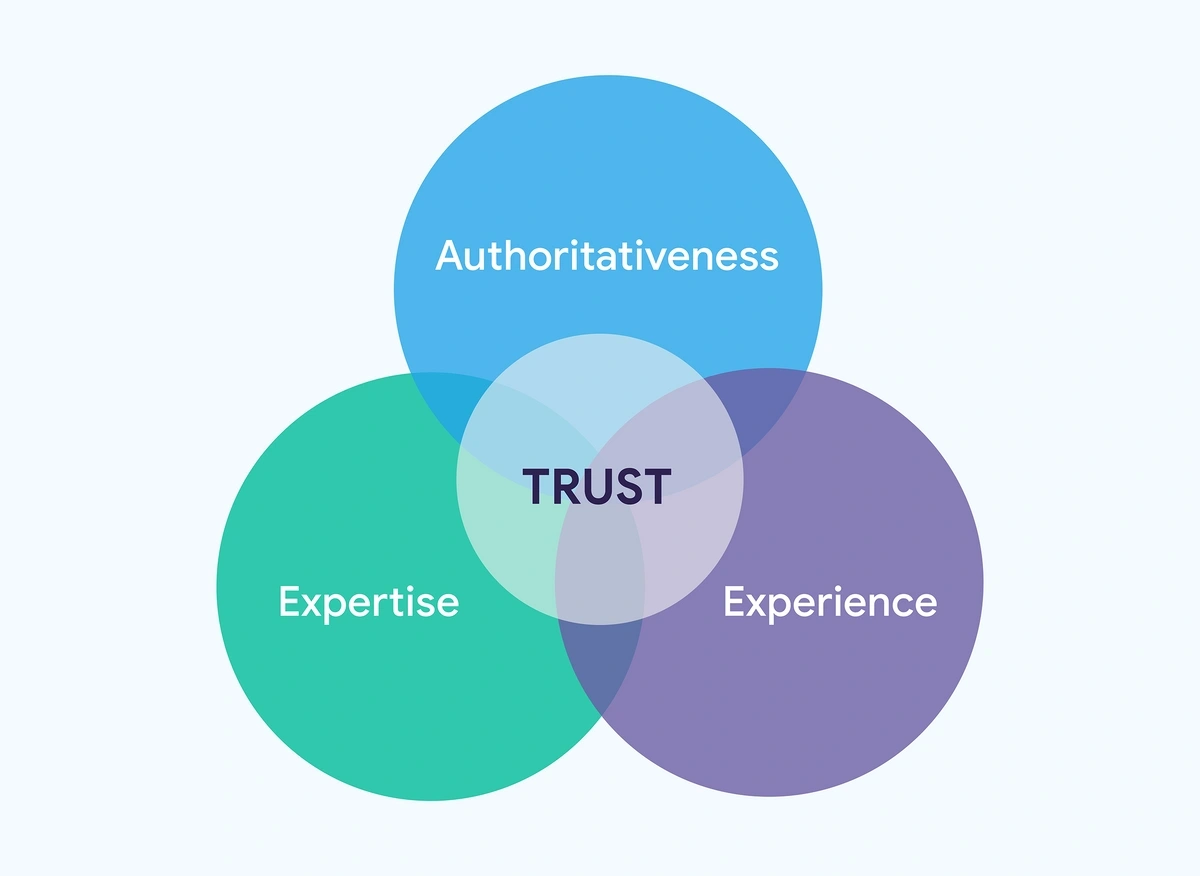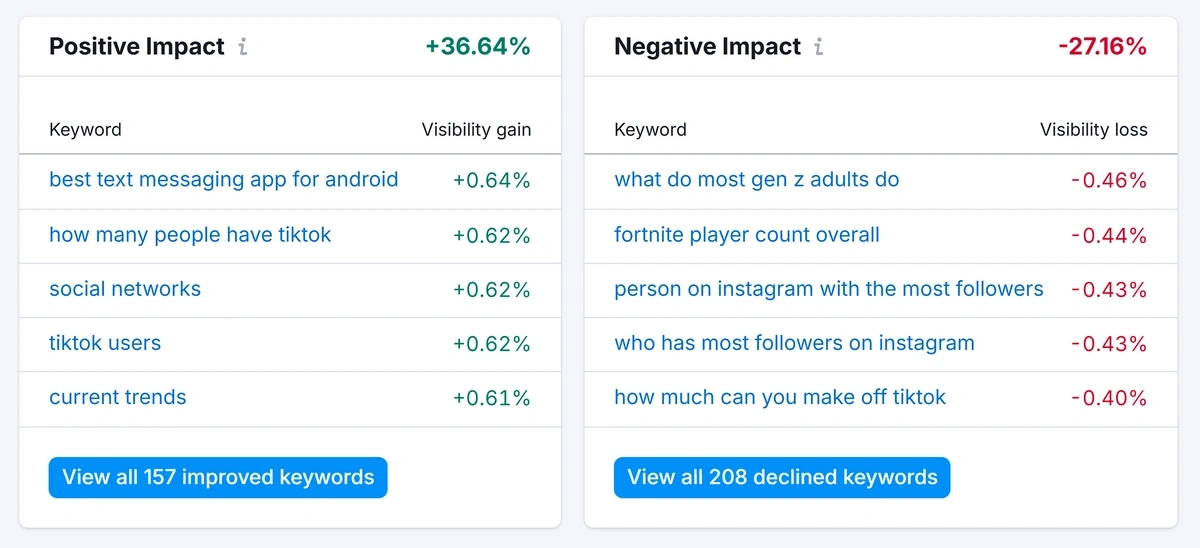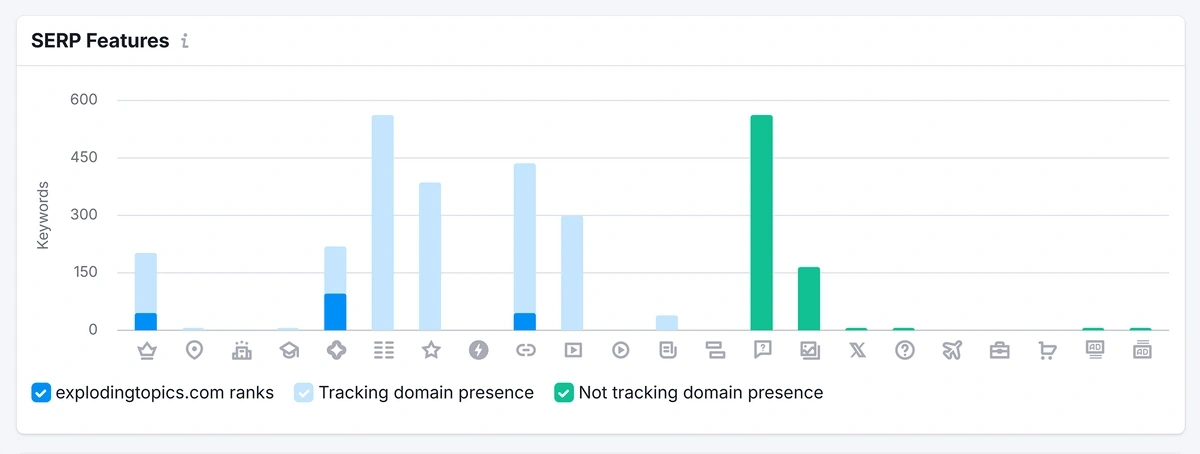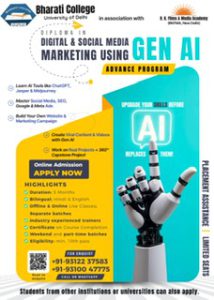Written by
London, England / Syndication Cloud / July 07, 2025 / DigitalBiz Limited
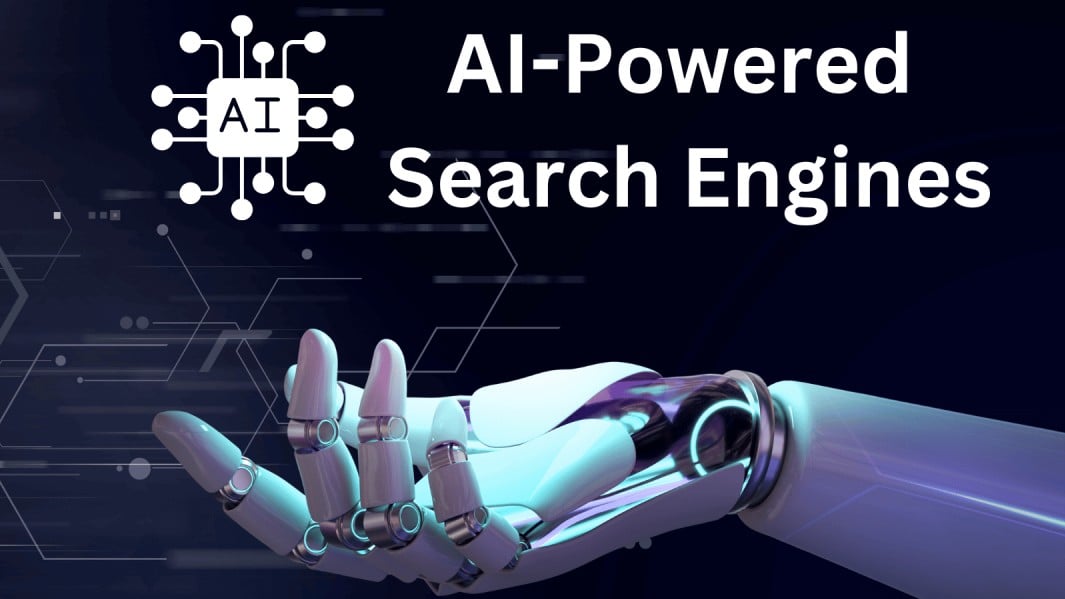
The search landscape is going through its biggest transformation since Google became dominant. AI-powered search engines are changing how digital discovery works, creating both challenges and opportunities for businesses. DigitalBiz Limited has been closely tracking these changes, helping organizations adjust their strategies to stay visible in this new environment.
In the US alone, about 13 million consumers (10% of users) now depend on generative search platforms like ChatGPT, Google Gemini, and Microsoft Copilot for information. Experts predict this number will increase to 90 million users by 2027. This quick adoption is forcing businesses to rethink their approach to search visibility.
The question isn’t whether to adapt but how quickly you can combine traditional SEO with emerging GEO (Generative Engine Optimization) and AEO (Answer Engine Optimization) strategies – which is becoming necessary for maintaining and growing your digital presence.
Despite major changes in search, several traditional SEO tactics remain vital. High-quality content addressing user needs continues to form the foundation of any successful search strategy. Authoritative backlinks still signal credibility to both traditional search engines and AI platforms. Technical SEO elements like site speed, mobile optimization, and proper HTML structure remain crucial for ensuring content can be properly indexed and understood.
These fundamentals matter because AI search engines primarily source their information from content that already ranks well in conventional search results. Neglecting traditional SEO can harm your visibility across all search platforms.
While the foundation remains important, many traditional SEO tactics are losing effectiveness or becoming actively harmful. Keyword stuffing and other manipulation techniques no longer fool sophisticated algorithms. Generic link building through directories and other low-quality sources can trigger penalties rather than ranking improvements.
Over-reliance on exact match domains and technical manipulation without substantive content quality improvements will yield diminishing returns. The focus has shifted from gaming the system to genuinely serving user needs with authoritative, well-structured information.
The traditional goal of SEO—achieving top rankings in search results—is no longer sufficient. With AI-generated summaries and direct answers increasingly prominent in search interfaces, users may get the information they need without ever clicking through to a website.
This zero-click trend means businesses must adapt their metrics of success beyond simple ranking positions and traffic. Visibility, brand recognition, and being cited as an authoritative source by AI platforms have become equally important measurements of search success.
While SEO focuses on gaining visibility in traditional search results, Generative Engine Optimization (GEO) aims to increase the likelihood of your content being cited by AI systems when generating responses. This emerging discipline requires understanding how AI platforms evaluate, select, and reference content.
AI search engines have distinct preferences when selecting sources to cite. For example, ChatGPT tends to favor Wikipedia content, while Microsoft Copilot frequently references Forbes articles. This variance means understanding which platforms your audience uses is crucial for targeting your optimization efforts effectively.
What’s particularly interesting is that 95% of AI citation behavior can’t be explained by website traffic alone. Traditional metrics like backlink profiles and domain authority, while still relevant, don’t tell the complete story of why AI engines choose certain sources over others.
AI systems prioritize content that demonstrates expertise, authoritativeness, and trustworthiness—similar to Google’s E-E-A-T principles but with their own unique evaluation methods. They also value content that’s clearly structured, easy to parse, and contains verifiable facts and statistics.
The format and structure of your content significantly impact how AI systems process and cite it. Consider implementing these structural elements to improve your GEO performance:
White space, logical progression of ideas, and explicitly labeled sections (like “Definition,” “Examples,” or “Steps”) make it easier for AI to understand and extract relevant information from your content.
AI crawlers face unique technical challenges that traditional SEO doesn’t always address. Most notably, many AI systems struggle with JavaScript and client-side rendering, meaning that dynamically loaded content may be invisible to them.
To ensure your content is fully accessible to AI crawlers:
These technical considerations help AI systems accurately interpret and index your content, increasing the likelihood of citation in generated responses.
Traditional SEO metrics like traffic, rankings, and backlinks don’t fully capture GEO success. Instead, consider tracking:
While measuring these metrics can be challenging, tools are emerging to help track AI citations and referrals. The higher quality of engagement from AI-referred traffic often compensates for potentially lower overall volume.
Answer Engine Optimization (AEO) focuses on structuring content to become the direct answer to user queries, whether in featured snippets, voice search results, or AI overviews. With zero-click searches rising, being the answer rather than just a search result has become increasingly valuable.
Featured snippets appear at the top of search results, providing direct answers without requiring users to click through to websites. These prime positions—sometimes called “position zero”—are increasingly valuable as they’re often used for voice responses and AI overviews.
To optimize for these coveted positions:
Remember that voice search queries tend to be longer and more conversational than typed queries. Optimizing for natural language patterns and question formats (who, what, when, where, why, how) increases your chances of being selected for voice responses.
Structured data helps search engines and AI systems understand the context and meaning of your content. While it doesn’t guarantee featured snippets or AI citations, it significantly increases your chances by making your content more machine-readable.
Key schema types for AEO include:
Implementing these schemas correctly signals to search engines and AI systems exactly what information you’re providing and how it should be categorized, making it more likely to be selected for direct answers.
As search continues to evolve, businesses need a comprehensive approach that integrates traditional SEO with GEO and AEO strategies. This hybrid approach ensures visibility across all search interfaces and maximizes your content’s reach and impact.
Creating content that works effectively across SEO, GEO, and AEO requires a thoughtful structure that addresses the unique requirements of each approach while maintaining a cohesive user experience. Here’s a framework that accomplishes this balance:
This layered approach ensures your content serves immediate answer-seekers, AI citation needs, and traditional search rankings simultaneously. Each piece of content should aim to be the most useful, authoritative resource on its specific topic—regardless of how users discover it.
Different business models will benefit from different emphasis within this hybrid approach:
E-commerce businesses should prioritize:
Service businesses should prioritize:
Media and content publishers should prioritize:
The right balance depends on your audience’s search behavior and your business objectives. Monitor which channels drive the most valuable engagement and adjust your investment accordingly.
Transitioning to a hybrid search strategy requires thoughtful planning and resource allocation. Here’s a phased approach to implementation:
Phase 1 (1-2 months): Assessment and Foundation
Phase 2 (2-4 months): Optimization and Enhancement
Phase 3 (4-6 months): Expansion and Refinement
Phase 4 (Ongoing): Continuous Improvement
This timeline may compress or expand depending on your organization’s size, resources, and current search maturity. The key is consistent progress rather than attempting a complete transformation overnight.
Organizations that successfully integrate SEO, GEO, and AEO gain significant competitive advantages. By addressing all three dimensions, you create multiple pathways for users to discover your content, regardless of their preferred search interface.
This multi-dimensional approach yields several key benefits:
The data supports this comprehensive approach: traffic from AI recommendations shows 1.5x higher engagement and conversions than traditional SERP traffic. By optimizing for all search paradigms, you’re not just maintaining visibility—you’re enhancing the quality of your audience engagement.
As AI becomes increasingly integrated into search experiences, the boundaries between SEO, GEO, and AEO will continue to blur. Organizations that adapt early will establish authoritative positions that become increasingly difficult for competitors to displace. The future of search isn’t about choosing between optimization approaches—it’s about skillfully integrating them into a cohesive strategy that meets users wherever and however they search.
DigitalBiz Limited
Initial Business Centre
207 Regent Street
London
England
W1B 3HH
United Kingdom
Information contained on this page is provided by an independent third-party content provider. XPRMedia and this Site make no warranties or representations in connection therewith. If you are affiliated with this page and would like it removed please contact pressreleases@xpr.media
Luxury real estate specialist Bent Danholm of MAXIM Realty Orlando will appear on the Global Podcast Network for a live interview on July 31, 2025,…
July 31, 2025
NEW YORK CITY, NEW YORK / ACCESS Newswire / July 30, 2025 / New to The Street, the nation’s premier financial media platform for emerging…
July 31, 2025
NEW YORK, NY / ACCESS Newswire / July 30, 2025 / D. Boral ARC Acquisition I Corp. (the “Company”) today announced the pricing of its…
July 31, 2025
TaxBandits has released a free e-book, “Everything You Need to Know About Form 941,” to help small businesses simplify payroll tax filing and avoid penalties…
July 31, 2025
San Diego, CA — Cali Bath and Kitchen, a licensed general contractor specializing in home renovations, has announced the expansion of its remodeling services to…
July 31, 2025
A D.C.-Rooted, Genre-Bending Masterpiece From Multi-Instrumentalist BJ Simmons Featuring 15 Powerful Collaborators Jul. 30, 2025 / PRZen / WASHINGTON — Saxophonist, composer, producer, and longtime…
July 31, 2025
The industry report recognizes LHH Recruitment Solutions U.S. for its talent strategy across IT, Engineering and Business & Professionals categories, bringing together staffing, career mobility…
July 31, 2025
LAS VEGAS, NEVADA / ACCESS Newswire / July 30, 2025 / ALT5 Sigma Corporation (NASDAQ:ALTS)(FRA:5AR1) (“ALT5” or the “Company”), a fintech company delivering blockchain-powered payment…
July 31, 2025
“Public Enemy No. 1 – Innovation” by Dr. Sebastian Heinz Lifts the Curtain on Why Breakthrough Technologies Stall-and What Must Be Done NEW YORK, NY…
July 31, 2025
NEW YORK CITY, NY / ACCESS Newswire / July 30, 2025 / Uncorrelated Capital, a new alternative asset investment firm focused on litigation finance and…
July 31, 2025
JACKSONVILLE, FL / ACCESS Newswire / July 30, 2025 / FRP Holdings, Inc. (NASDAQ:FRPH) anticipates issuing its second quarter earnings results on Wednesday, August 6,…
July 31, 2025
MIAMI, FL / ACCESS Newswire / July 30, 2025 / Safe & Green Holdings Corp. (NASDAQ:SGBX) (“Safe & Green” or the “Company”), a leading developer…
July 31, 2025
SHELTON, CT / ACCESS Newswire / July 30, 2025 / NanoViricides, Inc., a publicly traded company (NYSE Amer.:NNVC) (the “Company”), and a clinical stage, leading…
July 31, 2025
SIOUX FALLS, SD / ACCESS Newswire / July 30, 2025 / The South Dakota Department of Health in partnership with Avel eCare, a national leader…
July 31, 2025
Global live streaming viewership grew 5% year-over-year to 9.1 billion hours watched during 2025 Q2, reflecting the highest quarterly level since 2021 FRISCO, TEXAS /…
July 31, 2025
With IRS tightening enforcement on dependents and tax credits, families face heightened scrutiny for mistakes on 2024 and 2025 returns IRVINE, CA / ACCESS Newswire…
July 31, 2025
Topical Ketamir-2 significantly reduced both acute and inflammatory pain behaviors in animals, demonstrating rapid onset, durable effect, and comparable efficacy to injected morphine across both…
July 31, 2025
Boost beer cave and heavy product sales with Planniq Strong®, high-capacity merchandising system from ImageWorks Display WINSTON-SALEM, NC / ACCESS Newswire / July 30, 2025…
July 31, 2025
FAIRFIELD, CT / ACCESS Newswire / July 30, 2025 / Wall Street veterans Kevin Nunez and Fatima Teos, alumni of Morgan Stanley and Jefferies respectively,…
July 31, 2025
TORONTO, ON / ACCESS Newswire / July 30, 2025 / Northern Superior Resources Inc. (“Northern Superior” or the “Company“) (TSXV:SUP)(OTCQB:NSUPF)(GR:D9M1) is pleased to announce additional…
July 31, 2025
Reflection Family Interventions and The Family Recovery Foundation Launch Groundbreaking 24-Week Family Recovery Curriculum PHOENIX, AZ / ACCESS Newswire / July 29, 2025 / What…
July 31, 2025
VANCOUVER, BC / ACCESS Newswire / July 29, 2025 / CoTec Holdings Corp. (TSXV:CTH)(OTCQB:CTHCF) (“CoTec” or the “Company”) is pleased to announce that the Company’s…
July 31, 2025
Parker, CO – July 25, 2025 – NULIFT Garage Doors is pleased to announce the official launch of its new website, www.nuliftgaragedoors.com. The website features…
July 31, 2025
Safety First Training Ltd., a leader in Workplace Health and Safety Training Services and a trusted partner to organizations across Canada for more than three…
July 31, 2025
With major retail builds for brands like Boot Barn, Maxi Cosi and Red Bull, Tinker Tin is rewriting the rules of retail manufacturing and combining…
July 31, 2025
NEW YORK, NY / ACCESS Newswire / July 29, 2025 / In today’s fashion economy, style alone isn’t enough. Gen X and Millennial consumers are…
July 31, 2025
CAMBRIDGE, MA / ACCESS Newswire / July 30, 2025 / Moderna, Inc. (NASDAQ:MRNA) today announced that the European Commission (EC) has granted marketing authorization for…
July 31, 2025
Rich Local Talent Pool Will Augment Firm’s Expertise and Bring Unique Experiences and Perspectives to Expanding U.S. Client Base FORT LAUDERDALE, FL / ACCESS Newswire…
July 30, 2025
Oak HC/FT and Andreessen Horowitz (a16z) co-lead investment to accelerate the deployment of Ambience’s AI platform to transform clinical and administrative workflows for health systems…
July 30, 2025
Cut-through switching significantly reduces latency for performance-sensitive environments, accelerating transfers by up to 3.5X OTTAWA, ON / ACCESS Newswire / July 29, 2025 / MASV…
July 30, 2025
The new partnership combines Third Bridge’s world leading library of expert interviews with Portrait’s AI-driven research tools, streamlining how institutional investors blend qualitative insight with…
July 30, 2025
AUSTIN, TX / ACCESS Newswire / July 29, 2025 / Thermon Group Holdings, Inc. (NYSE:THR) (“Thermon”), a global leader in thermal management, power distribution, and…
July 29, 2025
Oral, non-opioid drug candidate advancing through Phase 1 and nearing completion of the single ascending dose (SAD) portion as the Company prepares to launch U.S….
July 29, 2025
NEW YORK, NY / ACCESS Newswire / July 29, 2025 / Europe is reaching a pivotal moment in its industrial transformation. And Systemiq’s latest report,…
July 29, 2025
VANCOUVER, BC / ACCESS Newswire / July 29, 2025 / American Critical Minerals Corp. (“American Critical Minerals” or the “Company“) (CSE:KCLI)(OTCQB:APCOF)(Frankfurt:2P3) is pleased to announce…
July 29, 2025
Biolog, a leading provider of microbial identification and phenotypic characterization tools and services, announced today that both its anaerobic media and anaerobic chambers have received…
July 29, 2025
TORONTO, ON / ACCESS Newswire / July 29, 2025 / Highlander Silver Corp. (TSX:HSLV) (“Highlander Silver” or the “Company“) is pleased to report assay results…
July 29, 2025
Multiple battery system products launched for airport ground support equipment platforms for a a major USA based OEM supplier Electrovaya to showcase its new products…
July 29, 2025
Cloud native charging architecture will transform consumer and enterprise operations FOSTER CITY, CA / ACCESS Newswire / July 28, 2025 / MATRIXX Software, a global…
July 29, 2025
NLR x IPA Accounting News launched on July 23, bringing key accounting industry insights to its readers CHICAGO, IL / ACCESS Newswire / July 28,…
July 29, 2025
source
